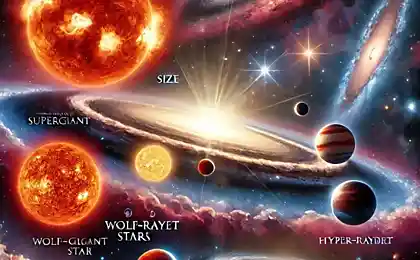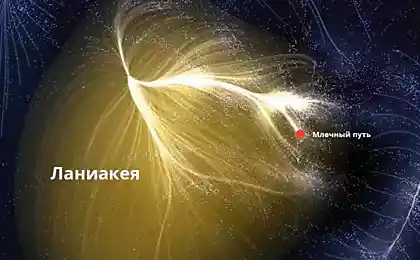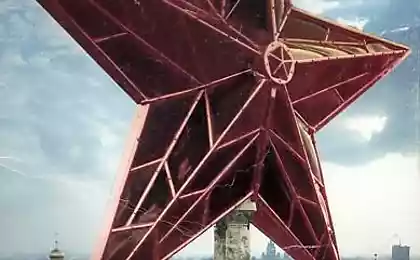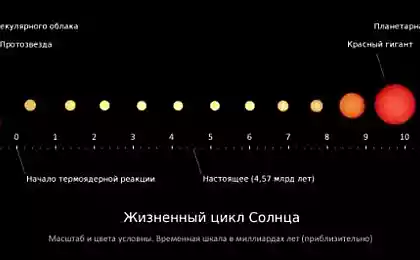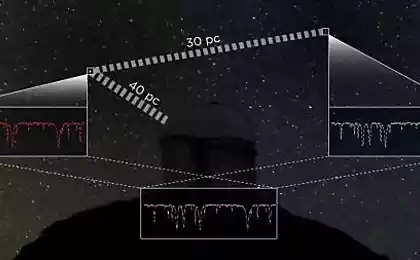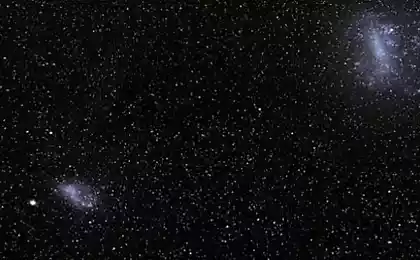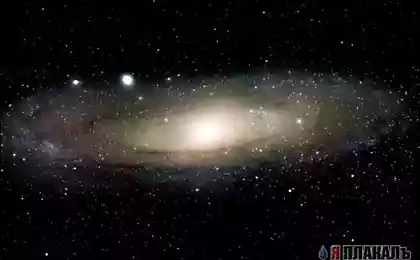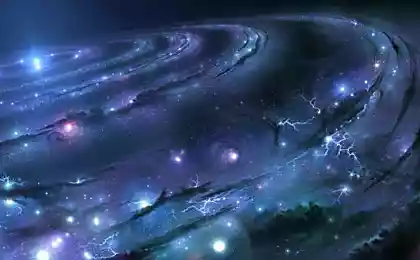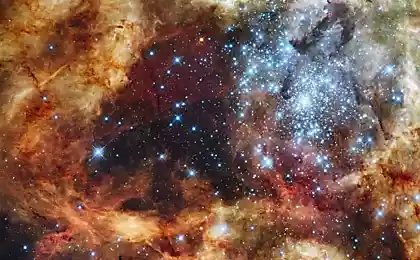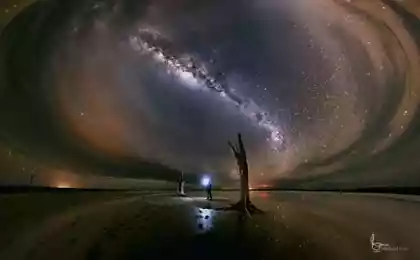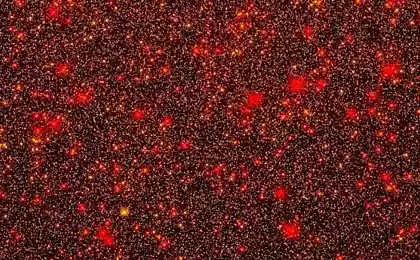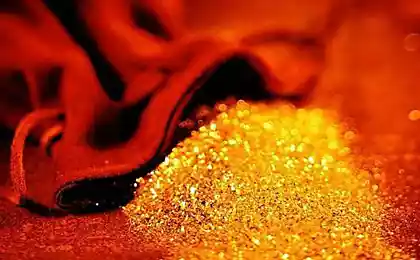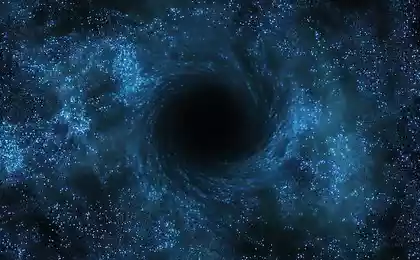1216
Found the oldest known stars

A team of astronomers at the Australian National University (Australian National University) found the star, which, according to the measurements, was born shortly after the Big Bang, about 13.7 billion years ago. The conclusion of this discovery is described in the work to which preprint available. Not to produce a lot of speculation that has the words of scientists, and that - the popularization of other scientists and interpretation journalists cite translation annotations of their work , and Further interpretation of the data and findings from other articles. i>
A single low-energy, poor iron supernova may have been a source of material for the star SMSS J 031300.36-670839.3
Proportion of chemical elements in low-mass stars 4 and their extremely small metallized shows that the gas from which they were formed, was extremely low enriched with metals, and probably occurred as a result of nizkoenegeticheskogo supernova explosion. Such supernovae provide a large share of light elements such as carbon and very little iron. The existence of this kind of supernovae is unusual because it is assumed that the first stars were very massive, and the destruction of the fragile state quickly enriched with iron galaxy. The proportion of iron in the spectrum of the supernova star could not be found. Spectrum SMSS J031300.36-670839.3 generally shows no signs of iron that [in measurement errors] speaks of his share of less than 10 -7.1 sup> [= 8 * 10 -8 sup>] in Compared to solar concentration.
[Preview schedules of the journal Nature i>]
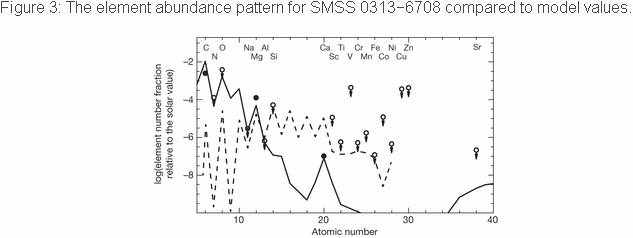

On the basis of the proportion of iron from known models come to the conclusion that the star was created from material supernova initial mass of 60 solar masses (and who left behind a black hole), and conclude that there are stars in the early universe, which gave low yield of iron in blast . Reducing metallized allowed to generate first generation stars [Chemical composition] for a prolonged period. We believe that such stars could play an important role in the era of cosmic reionization and the chemical evolution of the early galaxies.
the end of the annotation preprint i>
There is a paid version of the Unfolded articles in scientific journals, and articles already exist to help explain to the general reader the magnitude and significance of the numbers in this discovery.
Translations and news reports, as you can tell, full of inaccuracies. For example, at one point felt that open star (but did not explode when a supernova) has a mass of 60 solar masses, the other called the order of the proportion of iron - less than 10 -6 sup>, that is certainly true, but inaccurately, in the third added manganese in the old stars.
We give useful related facts collected by journalists around the event, avoiding inaccuracies.
* Age stars learn to identify not only by their position on the Hertzsprung-Russell diagram, but also on the chemical composition of the spectrum of stars. It was found that the younger stars, and than later they were born after the Big Bang, the more their atmospheric heavy metals and iron. This is due to the fact that the substance of the universe, which initially consisted of a fairly certain percentage of hydrogen (75%) and helium (25%), a small fraction of lithium and beryllium, the beginning of enriched products of fusion that occurs in the depths of very massive stars, and therefore unstable. They explode as supernovae and threw into space products synthesis. This process continues to this day. From space gas and dust condense again stars, but this time in an atmosphere of, not only in the invisible nucleus contains heavy metals and elements. Formed the term "metallicity" of stars. The older the star, the less its metallicity.
* Not so long ago started a 5-year program to find old stars based on their spectra. The latest "victim" (opening) has so far been the star HD 140283 (13, 2 billion years.) In the constellation Libra, 190 St. years from Earth, which opened in early 2013. The current open star is estimated to be 13.7 billion years old, about 100-200 million years after the Big Bang. It is in a 6000 light years from Earth in the constellation South Hydra . It is possible that the search for this program will bring more new discoveries, and no doubt that in the future will be found even more ancient stars.
* arxiv.org/abs/1402.1517 (source, submitted on 6 Feb 2014)
* A single low-energy, iron-poor supernova as the source of metals in the star SMSS J031300.36-670839.3 (source, published online 09 February 2014; received 09 July 2013; accepted 05 December 2013)
* 'Oldest star' found from iron fingerprint (Update)
* Researchers identify one of the earliest stars in the universe
* ANU astronomers discover oldest star
* Астрономы discovered the oldest stars in the universe
* Set a new record of stellar age
* Astronomers announced the discovery of the oldest stars in the universe
Source: habrahabr.ru/post/212185/
